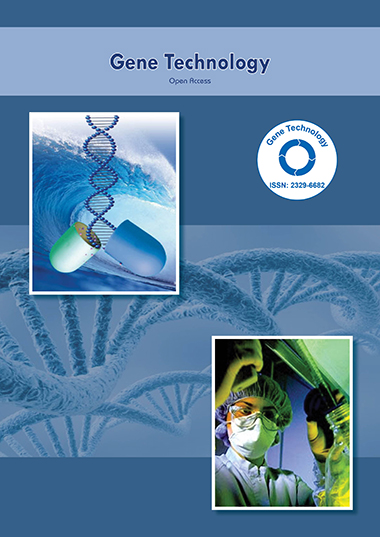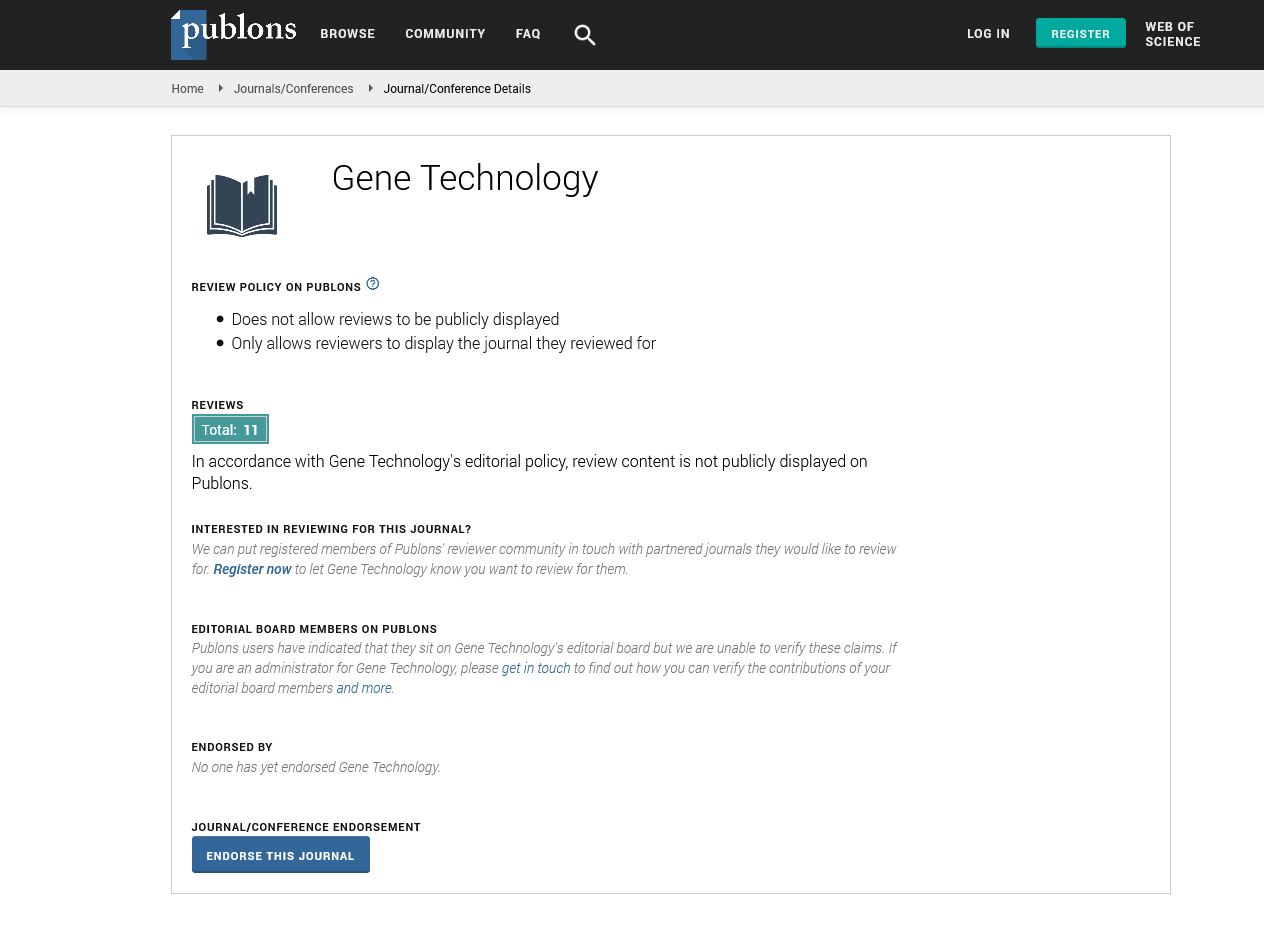Indexed In
- Academic Keys
- ResearchBible
- CiteFactor
- Access to Global Online Research in Agriculture (AGORA)
- RefSeek
- Hamdard University
- EBSCO A-Z
- OCLC- WorldCat
- Publons
- Euro Pub
- Google Scholar
Useful Links
Share This Page
Journal Flyer

Open Access Journals
- Agri and Aquaculture
- Biochemistry
- Bioinformatics & Systems Biology
- Business & Management
- Chemistry
- Clinical Sciences
- Engineering
- Food & Nutrition
- General Science
- Genetics & Molecular Biology
- Immunology & Microbiology
- Medical Sciences
- Neuroscience & Psychology
- Nursing & Health Care
- Pharmaceutical Sciences
Perspective - (2025) Volume 14, Issue 1
Advancements in Genome Mapping for Genetic Research
Jurgen Kuball*Received: 01-Mar-2025, Manuscript No. RDT-25-29035; Editor assigned: 03-Mar-2025, Pre QC No. RDT-25-29035 (PQ); Reviewed: 17-Mar-2025, QC No. RDT-25-29035; Revised: 24-Mar-2025, Manuscript No. RDT-25-29035 (R); Published: 31-Mar-2025, DOI: 10.35248/2329-6682.25.14.312
Description
Genome mapping is a foundation of modern molecular biology and biotechnology, serving as a blueprint for understanding the organization and function of genes within an organism. It refers to the process of identifying the locations of genes and genetic markers on chromosomes. Over the years, the development of genome mapping technologies has transformed genetic research, enabling scientists to uncover the genetic basis of diseases, enhance crop breeding, and explore evolutionary relationships among species.
Genome maps fall broadly into two categories: genetic linkage maps and physical maps. Genetic linkage maps are constructed based on the frequency of recombination between different markers during meiosis. These maps estimate the relative distances between genes, providing a functional guide to gene inheritance patterns. In contrast, physical maps provide more precise information about the actual physical distances between genes or markers, measured in base pairs. The Human Genome Project, completed in 2003, was a landmark achievement that utilized both mapping strategies to assemble the first complete sequence of the human genome, laying the foundation for genomic medicine.
Recent advances in sequencing technologies have greatly accelerated the process of genome mapping. Techniques such as Next-Generation Sequencing (NGS) allow for high-throughput and cost-effective genome analysis. With NGS, researchers can rapidly generate massive amounts of data to build high-resolution maps that span entire genomes. This has not only improved our understanding of human biology but also enhanced our ability to study model organisms, pathogens, and agriculturally important species.
The practical applications of genome mapping are numerous and impactful. In medicine, it plays a critical role in identifying genes associated with genetic disorders. For instance, Genome-Wide Association Studies (GWAS) rely on dense genetic maps to detect correlations between genetic variants and diseases such as cancer, diabetes, and schizophrenia. By pinpointing disease-linked regions, researchers can develop targeted therapies and diagnostic tools. Personalized medicine, which tailors treatment to an individual’s genetic makeup, also owes much of its progress to genome mapping technologies.
In agriculture, genome mapping has become an essential tool in crop and livestock improvement. Through marker-assisted selection, breeders can identify and select for desirable traits such as disease resistance, drought tolerance, and yield improvement. Mapping the genomes of staple crops like rice, maize, and wheat has led to the development of more robust and productive varieties, contributing to food security worldwide. Furthermore, genome mapping facilitates the preservation of biodiversity by identifying genetic variation within and between species.
Despite these advances, genome mapping presents several challenges. One major issue is the complexity of many genomes, especially those rich in repetitive sequences or with high levels of heterozygosity. Assembling such genomes accurately requires sophisticated algorithms and extensive computational resources. Another challenge lies in translating genetic information into functional insights, as the presence of a gene does not always correlate with its expression or role in phenotypic traits.
In conclusion, genome mapping is an indispensable tool in the field of gene technology. Its contributions to science and society are vast, ranging from medical breakthroughs to agricultural innovations. As technologies continue to evolve, genome mapping will remain at the forefront of efforts to decode life’s complexity and harness genetic knowledge for the betterment of human health, sustainable agriculture, and environmental stewardship.
Citation: Kuball J (2025). Advancements in Genome Mapping for Genetic Research. Gene Technol. 14:312
Copyright: © 2025 Kuball J, et al. This is an open-access article distributed under the terms of the Creative Commons Attribution License, which permits unrestricted use, distribution, and reproduction in any medium, provided the original author and source are credited.

